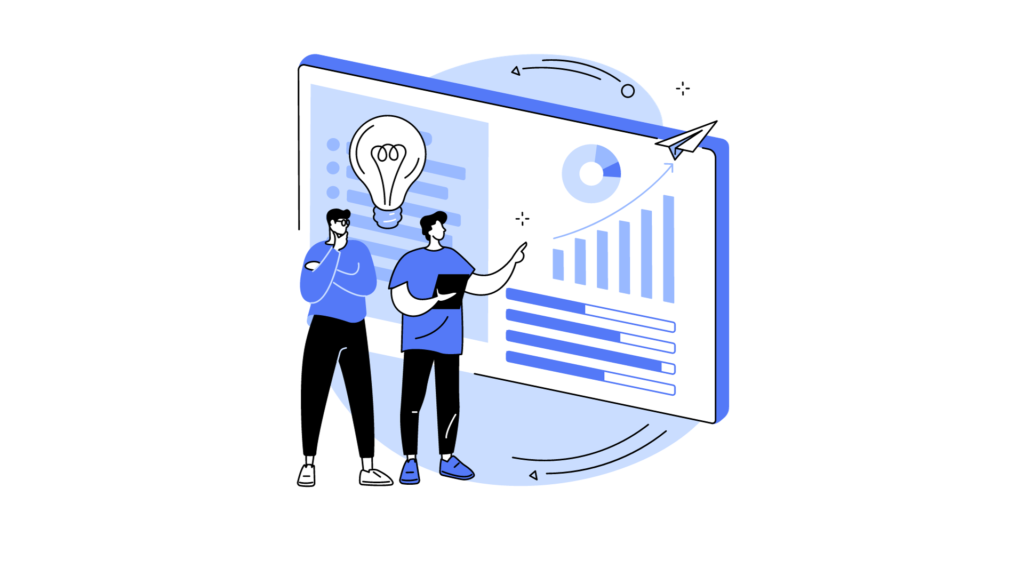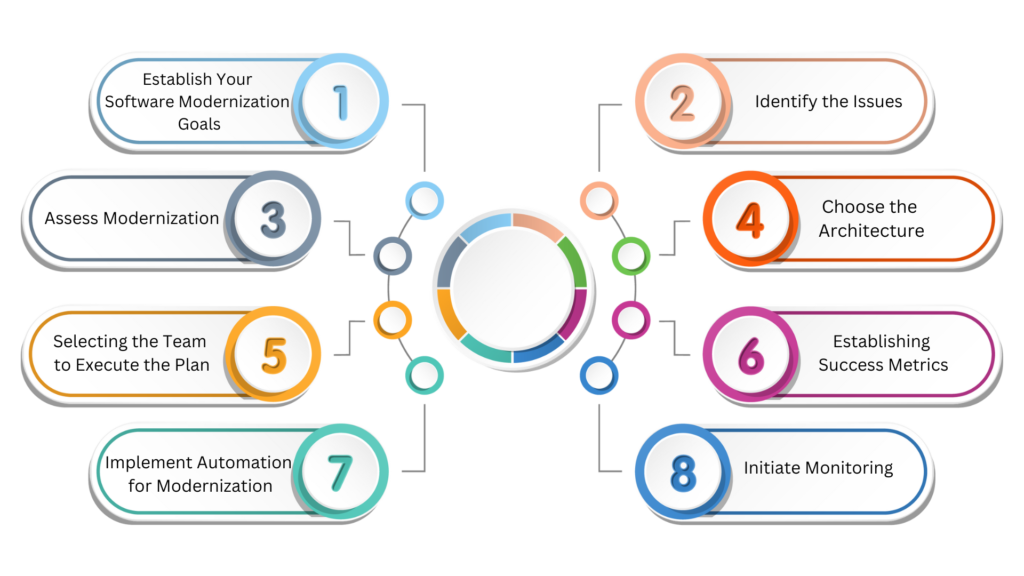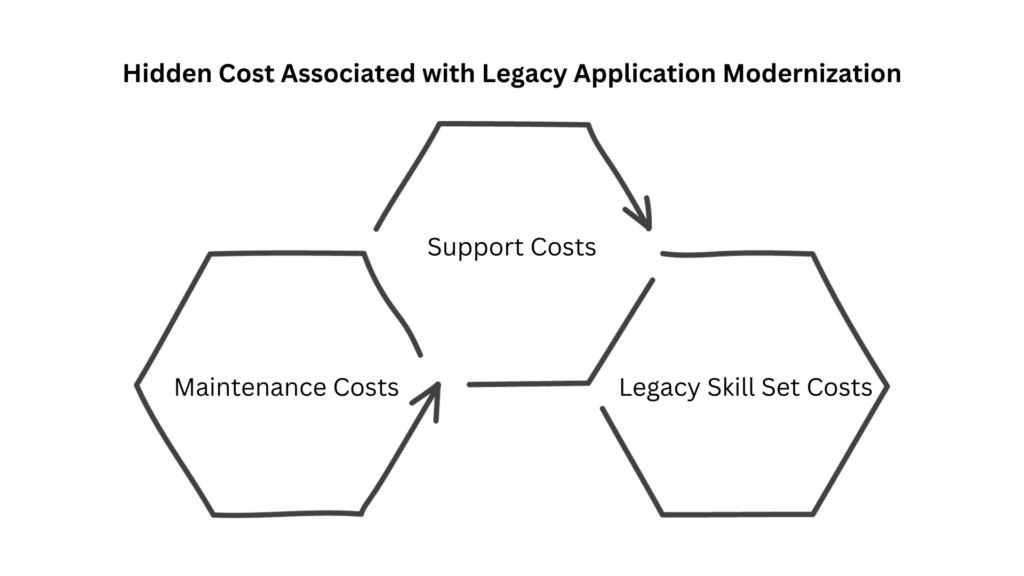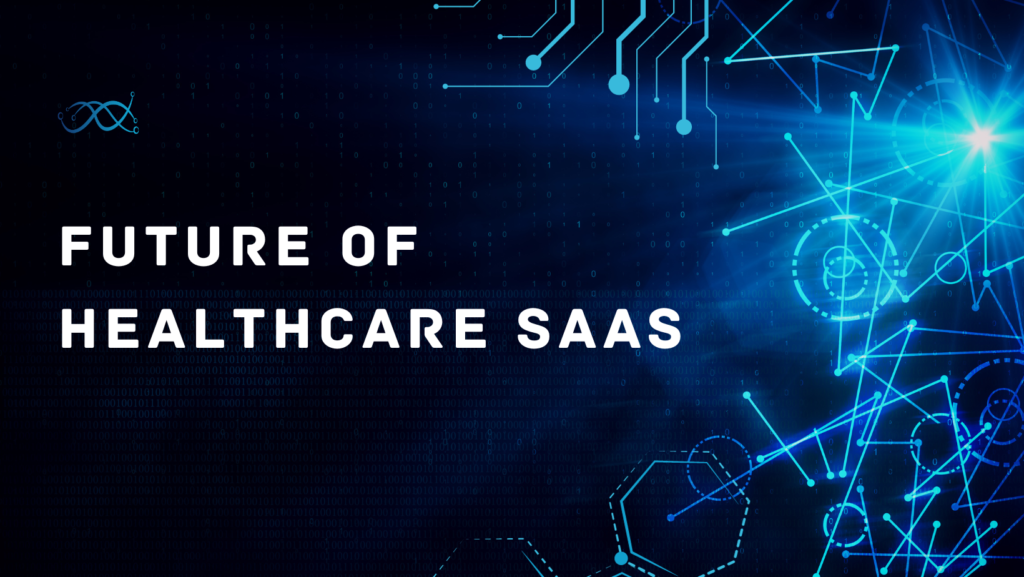In a progressively digital world, the success of your company depends on software facilitate or impede your ability to grow and maintain a competitive edge. However, the essential software capabilities needed to adapt to evolving business dynamics often lag behind the pace of change. This is where the strategic imperative for legacy application modernization comes into play to address this discrepancy.
Initiating the modernization of legacy systems demands businesses to make critical decisions. Whether to abandon obsolete systems, upgrade current software, or restructure applications that impede business objectives. This undertaking is not merely technological but strategic, empowering businesses to surmount challenges, embrace innovation, and maintain competitiveness.
What is Legacy Application Modernization?
Legacy systems hinder an organization’s growth by being outdated software or technology that limits adaptation to market changes. When a system reaches a point where it can no longer meet the organizational requirements, it is designated as legacy system.
Here’s how you can recognize the presence of a legacy system:
- Lack of vendor support
- Absence of security updates
- Incompatibility with modern software
- Need for workarounds in processes
- Delays in loading, completion, or execution
- Exorbitantly high maintenance costs.
While a legacy system may be aged or outdated, it is not inherently obsolete. For numerous businesses, these systems remain vital to daily operations and can function at acceptable output levels. These organizations leverage top-notch application modernization tools to ensure the continued operation of their legacy software.
Modernizing legacy systems involves updating, upgrading, and improving their features, infrastructure, and architecture.
Legacy system modernization addresses constraints and ensures compliance with modern standards, security, and evolving business needs. The modernization of legacy systems empowers organizations to improve operational efficiency, scalability, and overall performance. This, in turn, positions them for enduring success in the dynamic digital landscape.

Understanding the Need for Legacy Application Modernization for Businesses
Older legacy systems struggle to keep up with today’s rapid technological changes and competitive demands. While numerous legacy systems remain indispensable for business operations, the choice to modernize becomes pivotal as IT managers and executives assess the enduring maintenance costs vis-à-vis the advantages of application modernization.
The aging systems have dutifully fulfilled their roles, but their capacity to adjust to the dynamic contemporary business environment is constrained. Modernization goes beyond mere technological updates; it constitutes a strategic initiative to unlock heightened efficiency, superior performance, and the capability to stay ahead in a competitive market.
As per McKinsey, legacy systems significantly impede business performance, posing challenges in terms of maintenance costs and hindering the adoption of new technologies and innovative business models due to their complexity and high expenses associated with upgrades.
Deloitte emphasizes modernizing applications for enhanced flexibility and agility, aligning IT with specific business needs. Legacy applications, particularly those relying on mainframes, encounter compatibility issues with modern platforms. This constraint hampers organizations’ capacity to meet crucial business requirements and capitalize on future growth opportunities.
Legacy System Modernization Strategy Crucial to Your Business Success
Digital transformation involves a comprehensive effort by an organization to boost productivity, foster creativity, and drive growth. A strategic legacy modernization plan significantly contributes to an organization’s digital transformation journey, aligning with the people-process-technology triangle.
Modernizing legacy systems, particularly those based on older application versions, presents challenges due to their custom-built single monolith style in contrast to a microservices model. In this setup, the software components—data, network configurations, and security—are intricately interwoven with the foundational infrastructure, making it challenging to upgrade individual elements. The process involves assessing your company’s requirements, determining which aspects to update initially, selecting a dedicated legacy system modernization strategy, and implementing it.

Establish Your Software Modernization Goals
Transitioning from your COBOL/CICS environment (a programming language that has been in use for 60 years and remains relevant) to Java does not offer a one-size-fits-all solution. It is recommended to synchronize modernization efforts for legacy software with your business and technological goals, emphasizing scalability, incorporation of additional features, and achieving a quicker time-to-market.
Identify the Issues
Another crucial element of the strategy for modernizing legacy applications involves bug detection. If the old system fails to align with current organizational or IT requirements, it becomes imperative to delve deeper into identifying the issues. Examine the shortcomings in your digital solution that may be causing frustration for users. Select the appropriate user stories for a thorough understanding of the problems.
Assess Modernization
The analysis of legacy modernization requires a methodical approach, encompassing the identification of needs, evaluation of the current status, exploration of modernization possibilities, and the formulation and execution of a comprehensive modernization strategy.
Choose the Architecture
In this stage, it is crucial to identify the optimal architecture or legacy modernization approach across three key levels: application, database, and platform/server. This decision should be based on the chosen strategy.
Would you prefer the platform/server to be in the cloud to minimize capital expenditures (CapEx) and increase operational expenditures (OpEx), or would you rather have it in your data center for greater control?
If the program is functioning well in its current state, do you opt for a more economical, open-source database like MySQL or Postgres? To make this transition, the program will need to undergo re-platforming to integrate with the new database.
Are you looking to shift both the application and the database to the cloud, replacing your data center? This choice entails higher immediate costs but promises long-term reductions in IT staff.
While the enterprise architect is tasked with making these decisions, the business is also impacted. The chosen architecture must be capable of supporting automated processes and technologies such as DevOps, DataOps, and other pipeline delivery paradigms to attain the desired level of acceleration and value.
Selecting the Team to Execute the Plan
Ensuring the successful implementation of legacy application modernization solutions requires partnering with the appropriate team. The typical personnel hierarchy for most legacy application modernization initiatives follows the structure outlined below:
The program is overseen by top-tier executives in the C-suite, including the Chief Information Officer (CIO), Chief Technology Officer (CTO), Chief Information Security Officer (CISO), and Chief Security Officer (CSO).
The business and IT teams act as liaisons for their respective communities.
The enterprise architecture team harmonizes IT capabilities with the business community’s requirements for goods and services. Additionally, the team is responsible for delineating the details of a strategy to modernize outdated applications, aligning with the overarching business goal.
Establishing Success Metrics
The most effective approach to gauge the success of your legacy application modernization is to choose metrics aligned with your initial motivation.
The deeper your understanding of data, the greater the insights you’ll gain to enhance the modernization of your legacy applications.
Implement Automation for Modernization
The objective of modernizing legacy software is to enhance value for the company, requiring a focus on automation. A fully automated migration, involving the refactoring of legacy data and code to contemporary platforms, proves to be a more efficient method for accomplishing legacy modernization.
Furthermore, this approach enables organizations to seamlessly introduce digital modernization without disrupting daily operations.
Initiate Monitoring
The benefits of modernizing legacy applications may not be immediately evident, as persistent challenges may arise. Therefore, as the project approaches its conclusion, your strategy should encompass monitoring and optimization. When exploring available tools, consider the following factors:
Ensure that the modernized application aligns with corporate goals and adheres to budget constraints by devising methods to track its performance.
In case the modernization of legacy applications involves the use of the cloud, keep a close watch on both the environment’s performance and the cost of cloud computing. While many businesses leverage the cloud to reduce expenses, prudent usage is essential to realize any financial savings.
What Are The Hidden Costs of Legacy Systems?
Organizations might continue to utilize legacy systems, referring to outdated hardware or software programs. While these technologies may retain some utility, they bring along various unforeseen costs that can potentially impact the productivity and profitability of an organization. The ensuing are concealed expenses associated with legacy systems:

Maintenance Costs
As systems and applications age, their management becomes increasingly challenging. Each modification introduces a layer of complexity, leading to the accumulation of glitches over time. Even seemingly straightforward updates can quickly evolve into time- and cost-intensive endeavors.
Support Costs
As systems age and become obsolete, vendor support diminishes. Relying on third-party software providers becomes more challenging, particularly if they discontinue support altogether, making it increasingly difficult to sustain the functionality of the software.
Legacy Skill Set Costs
Maintaining a legacy system requires a skill set specific to that legacy technology. As employees possessing those skills retire, the available talent pool diminishes. Compounding the issue is the fact that the market, now inclined towards new-generation technologies and systems, further reduces the demand for legacy skills.
Real-World Examples of Legacy Modernization
Here are some instances of companies that have effectively executed legacy modernization:
American Airlines
American Airlines stands as a renowned example of successful legacy modernization globally. The airline achieved successful modernization by migrating crucial applications to the cloud. This strategic move led to enhanced scalability, operational efficiency, and the ability to swiftly respond to evolving customer demands and market conditions.
Delta Air Lines
In a recent initiative, Delta Air Lines revamped its reservations system to contemporary travelers.
National Australia Bank (NAB)
NAB accomplished a successful modernization of its legacy systems by transitioning vital banking applications from mainframes to contemporary and scalable platforms. This undertaking led to decreased operational costs and enabled the bank to adopt agile development practices, ultimately enhancing time-to-market for new features and services.
AT&T
AT&T achieved a successful transition from monolithic applications to a microservices architecture, facilitating quicker responses to market demands, improved scalability, and heightened system resilience.
JPMorgan Chase
JPMorgan Chase, counted among the world’s largest banks, has made substantial investments in legacy modernization. The company has undertaken modernization efforts for several critical systems, encompassing its core banking system and trading platform. These initiatives in modernization have enabled JPMorgan Chase to achieve cost reductions, enhance customer service, and ensure compliance with new regulations.
How Digiatto IT Services Can Support Your Modernization Initiatives
Whether you are aiming to re-platform a legacy system, integrate a new solution, or undertake a complete re-architecture of the enterprise system, choosing top-notch legacy application modernization services from a proficient software development company is essential for achieving both short-term and long-term success.
Leveraging extensive experience in managing enterprise-level projects, our in-house software development team possesses the expertise required for legacy modernization. From defining goals and establishing scope to seamlessly integrating systems into your legacy software and executing milestone-based migrations, our team guides you through the entire process.
FAQ
How can legacy application modernization be defined?
Legacy application modernization refers to the process of transforming outdated software applications into more contemporary and efficient versions. This encompasses updating the application’s technological stack, overhauling or substituting its architecture, and improving its functionality to meet current business needs. The significance of legacy application modernization lies in its ability to deliver increased scalability, reduced maintenance costs, and improved performance, security, and usability.
What advantages does legacy application modernization offer?
Here are some of the key advantages of legacy application modernization:
Improved performance: Through the modernization of legacy systems, organizations can handle larger workloads and process data more efficiently, resulting in enhancements in speed, scalability, and overall efficiency.
Enhanced security: Legacy applications with outdated security measures may be vulnerable to cyber-attacks. Modernizing the application by implementing improved security controls can reduce the risk of data breaches and enhance the protection of sensitive information.
Enhanced user experience: Modernized applications often offer a user-friendly and intuitive interface, contributing to an improved user experience and increased customer satisfaction.
Reduced maintenance costs: Regular maintenance of legacy applications can incur high expenses. By modernizing the application, organizations can reduce maintenance costs and enhance overall operational efficiency.



Pingback: Cloud Computing – An Ultimate Guide for Businesses - HealthSaaSPro
Pingback: Cloud Computing in Healthcare Industry - HealthSaaSPro